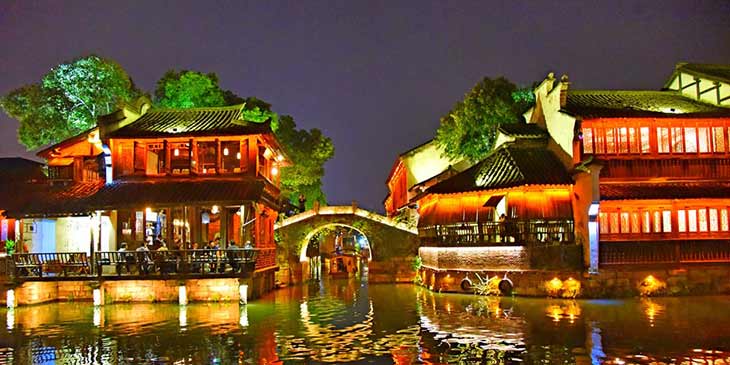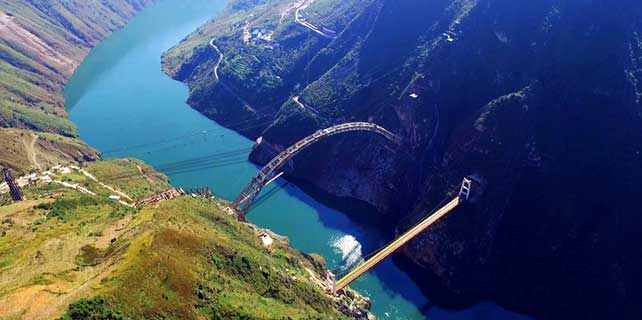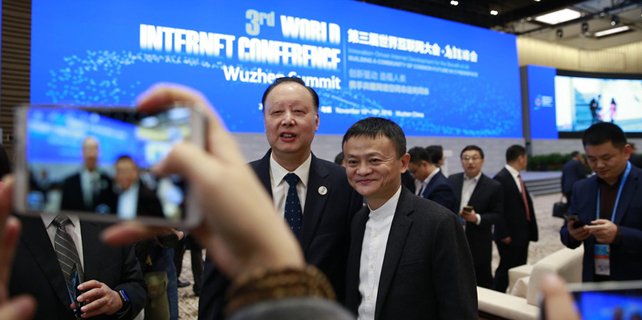The trade deals that never were deals
The Trump shock is big - in Asia as well as in the United States. For more than a week now, there has been a flood of commentaries discussing who will be the winners and losers in the president-elect's Asian policy.
Lots of commentators say that, as part of the Obama legacy, the Trans-Pacific Partnership, an initiative he pushed since 2008, is a loser.
The allegedly China-led initiative Regional Comprehensive Economic Partnership is described as a winner.
A forgotten fact is that neither of these free trade zone deals actually existed. The TPP was originally an agreement between four countries, Brunei, Chile, New Zealand and Singapore, in 2005. It was not until 2008 that Australia, Canada, Japan, Malaysia, Mexico, Peru, the US and Vietnam joined the discussion for a broader agreement.
Its final proposal was signed by heads of state from the 12 countries in February in Auckland, New Zealand. A comprehensive 30-chapter agreement was awaiting ratification at the start of the US presidential campaign, in which candidates from the both parties detested the deal, Trump being the more vocal critic.

One salient feature of the TPP is its exclusion of China and India. It doesn't include all ASEAN countries either, such as Indonesia Thailand, and a few others.
Although no one said openly that China was not welcome, officials of the Obama administration saw it at least in part as a political instrument and it was said repeatedly (including by Obama himself) that it would allow the United States, not China, to write the rules for free trade.
Perhaps it is this additional political purpose, chased by a government in a hasty fashion (during the second term of the Obama administration), that now proves to be TPP's undoing and a waste of energy from all would-be founding member states.
After Trump's election victory, the Obama administration announced that it would no longer try to get it approved by Congress.
An economic deal is easily broken when it is encumbered with excessive expectations. As so often is the case, whenever so much unrelated significance is attached to a deal, the dealmaker cannot be seen as fully ready. When signing the paper, the dealmaker may actually be thinking about something not stated in the clauses.
Some Chinese commentators saw the TPP as a disguised bid by the US for containment of China, although the Cold War concept of containment didn't quite work back then and it certainly won't work now.
By contrast, it is wrong for RCEP to be described as a Chinese game, as it often is in the US media - the RCEP should be credited to the ASEAN (Association of Southeast Asian Nations) - not to China.

RCEP was meant to be a future free trade agreement between the 10 ASEAN member states (Brunei, Myanmar, Cambodia, Indonesia, Laos, Malaysia, the Philippines, Singapore, Thailand, Vietnam) and the six states with which ASEAN has existing FTAs, including Australia, China, India, Japan, South Korea and New Zealand.
Its major difference from TPP, it's easy to see, is that it includes China and India but no country in the Americas. Yet it shouldn't be called a "pure" Asian setup, because it includes Australia and New Zealand.
No Chinese official has branded it a geopolitical defense work against the US, or asked to hasten its structuring to prevent the US from dictating global trade rules.
Nor was there any official statement about which country should be leading the negotiation, even less writing its rules. In fact RCEP doesn't cover as many areas as the now-collapsed TPP would, and therefore doesn't have as many rules to write about.
Admittedly, some of the areas covered by the TPP are important. But they may well be structured into separate international treaties and be more specifically laid out.
On the other hand, structuring even a seemingly simpler, purer deal like RCEP is a complicated task. Negotiations were formally launched at the ASEAN Summit in Cambodia in November 2012.
Its final agreement still hasn't taken shape after 15 rounds of group negotiations, beginning in 2013. Perhaps, in the way they tackle any complicated task, Asians seem to prefer a slow but steadier style of progress.
The author is an editor-at-large of China Daily. Contact the writer at edzhang@chinadaily.com.cn
(China Daily European Weekly 11/18/2016 page11)


















